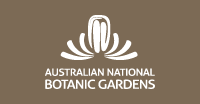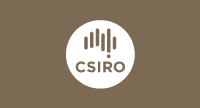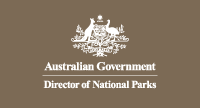Locate a plant image in the Collection!
search the Australian Plant Image Index (APII)
A more complex search mechanism is available - also search for digitised images by genus and species or by plant family.
Please exercise care in the structure of queries and the use of wildcards to avoid excessively large reports.
© Copyright applies to photos on this site.
How to use the Australian Plant Image Index searchable database
-
Enter query in boxes on the right.
-
No fields are mandatory but please exercise care in the structure of queries and the use of wildcards to avoid excessively large reports.
-
For FAMILY enter first 5 letters of family name, all in UPPER CASE eg. PROTE for Proteaceae.
-
For Genus enter genus name with first letter capitalised eg. Grevillea.
-
For species enter species name in lower case eg robusta
-
For Cultivar do not use species name or inverted commas eg. Robyn Gordon or %Gordon%
-
For close up, flowers, fruit, whole plant, best of name (a subjective choice) click check boxes. If no boxes are checked all relevant photos from the Index will be found.
-
All or any fields can be queried in this manner.
Wildcard % can be used in any text field eg. PROT%, Grevi%, robus%, Roby%
'Best of Name' is a subjective evaluation of the best photos for each species
![An Australian Government Initiative [logo]](/images/austgovt_brown_90px.gif)







